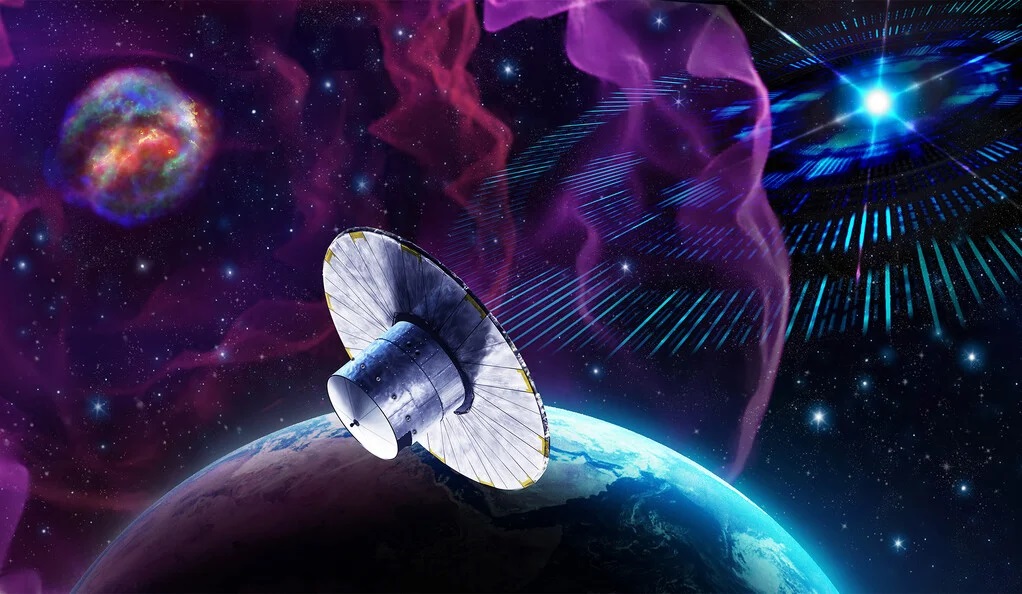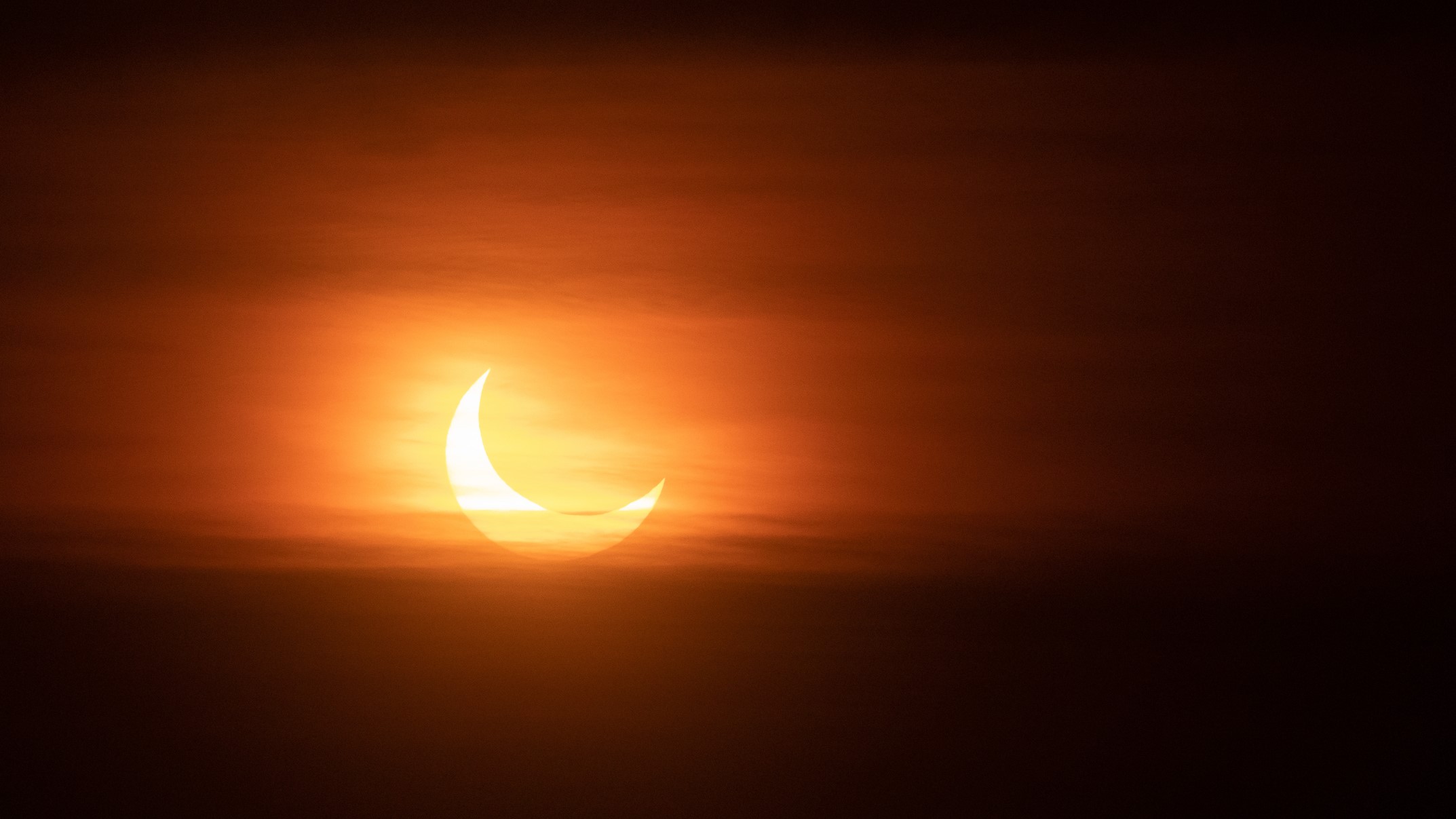Hot Jupiters Can Co-Exist with Other Planets
Exoplanets come in a variety of forms and one particular type, the Hot Jupiters have recently captured the attention of astronomers. They are usually found orbiting extremely close to their host star, completing an orbit in a few days or even hours. It has been thought that they migrated further out from the star, bullying … Continue reading "Hot Jupiters Can Co-Exist with Other Planets" The post Hot Jupiters Can Co-Exist with Other Planets appeared first on Universe Today.

Exoplanets come in a variety of forms and one particular type, the Hot Jupiters have recently captured the attention of astronomers. They are usually found orbiting extremely close to their host star, completing an orbit in a few days or even hours. It has been thought that they migrated further out from the star, bullying other planets out of their way. Sometimes hurling them into the star or throwing them out of the system entirely. A new study however, suggests their evolution is not quite so violent since a Hot Jupiter has been found in a system with a Super-Earth and an icy giant.
Hot Jupiters are a class of exoplanet that not surprisingly resemble our own planetary neighbour Jupiter. They are gas giants but that’s where the similarity ends; they have a high temperature and orbit their star at close distance. It can take just a few days to complete an orbit that’s compared to Jupiter’s orbit of 12 years! The intense levels of radiation and heating from their host star can cause temperatures in upper layers to reach over 1,000°C and the planet to swell to greater than expected size.

Current theories of planetary formation describe inner planets as composed of more dense material since lighter elements are driven to outer reaches of the system. The outer planets by contrast are made from these lighter elements. The presence of gas planets like Hot Jupiters so close to a star are in direct conflict with this model. Instead it has been thought that they form further out from the star and then migrate inwards as the system evolves. Recent studies have revealed that, until now, Hot Jupiters seem to be the only planet in orbit around their host star. This observation suggests the migration process is likely to lead to an ejection or accretion of any planet closer to the star.

That was until now! A team of astronomers led by the Astronomy Department of the UNIGE Faculty of Science in partnership with UNIBE and UZH and other organisations have suggested another model. They announced the discovery of a multiple planetary system that includes a Hot Jupiter, a Super-Earth on an inner orbit and another gas giant on an outer orbit, much like conventional gas giants. The discovery suggests there must be an alternative migration model that enables the preservation of the system.
Using photometric measurements of WASP-132 over 400 light years away, the data reveals that WASP-132b was 0.41 Jupiter masses and an orbital period of just 7.1 days. Measurements from the HARPS spectrograph at the La Silla observatory in 2022 revealed the Super-Earth has a mass 6 times that of the Earth. The analysis of the system is still ongoing as the measurements are fine tuned. The Gaia satellite is now measuring the tiny variations in the position of the star to hone in on the planetary masses and orbits.

What this all tells us is that the current migrations models that enable the gas giants to be orbiting where they are may not be complete. Instead it suggests a more “cool” migration path and less violent journey through the protoplanetary disc for the Hot Jupiter. Quite what the refinement to the model is, still needs to be understood but further measurements of the system will help and the search for similar systems is underway.
Source : Not all Hot Jupiters orbit solo
The post Hot Jupiters Can Co-Exist with Other Planets appeared first on Universe Today.
What's Your Reaction?
















































![Trump’s FAA Shake-Up: DEI Gone, But Safety Questions Remain [Roundup]](https://viewfromthewing.com/wp-content/uploads/2024/01/DALL·E-2024-01-24-12.35.35-A-wider-view-of-an-overworked-air-traffic-controller-in-a-control-tower-captured-from-a-side-angle.-The-controller-is-visibly-stressed-with-sweat-on.png?#)






























